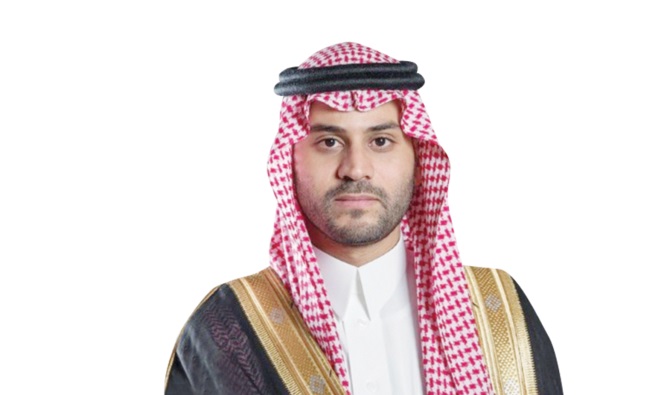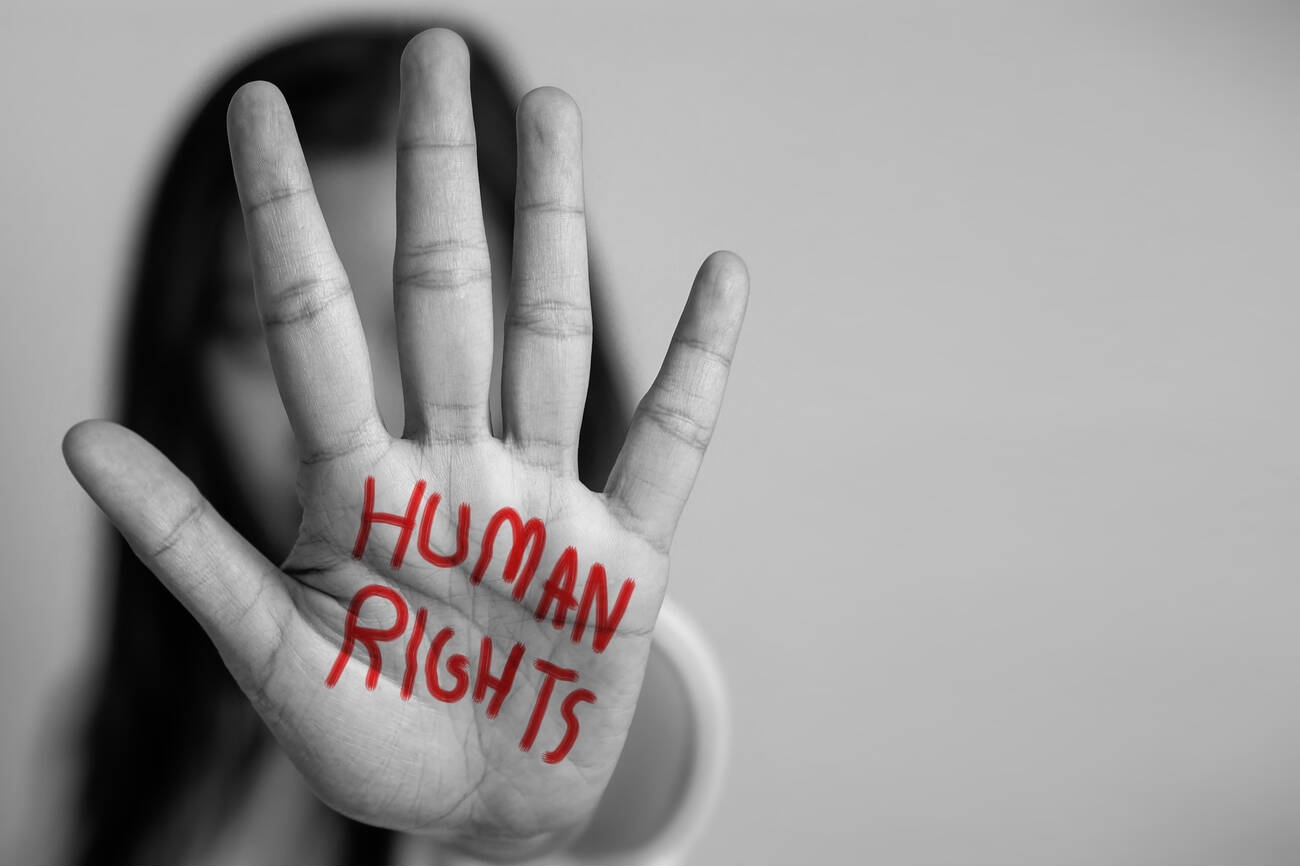Human Lives Human Rights: Trafficking for sexual exploitation is one of the most profitable criminal enterprises in the world, estimated to be worth approximately $99 billion per year.
According to the 2020 Global Human Trafficking Report by the United Nations Office on Drugs and Crime (UNODC), one out of three victims of human trafficking worldwide is a child, mostly girls. Female victims are still the main target of human and child trafficking.
Our recent study on child sexual exploitation in Peru found that at least 245 of the 394 human trafficking cases reported to the police in Peru involved sexual exploitation, with women and girls the most affected.
United Nations strategies to control human trafficking
To address the increasing number of women and girls who are trafficked each year, the United Nations adopted the Protocol to Prevent, Suppress and Punish Trafficking in Persons, especially Women and Children, supplementing the United Nations Convention against Transnational Organized Crime, adopted by the United Nations General Assembly in 2000.
However, the UNODC 2020 report highlights the urgent need for preventive and responsive measures, as the number of trafficked children has tripled in the past 15 years. Over the years, the increased use of technological devices and the globalization of movements have allowed people and children to move easily between countries, thereby making it easier for criminals to commit the crimes of human and child trafficking.
Over the years, the increased use of technological devices and the globalization of movements have allowed people and children to move easily between countries, thereby making it easier for criminals to commit the crimes of human and child trafficking.
The gender aspect of child trafficking affects boys too!
Gender norms play a key role in child trafficking and most of the resources and research around child trafficking are focused on girls. While it is extremely important to acknowledge that the numbers clearly show that girls are more likely to be affected by child trafficking, it is also true that trafficking remains a challenging issue to report on and monitor as a lot of data is lost or unavailable. It is not hard to imagine that child trafficking, in relation to boys and young men, is more difficult to detect.
Children are sold for different reasons and their gender is closely related to the type of trafficking they are victims of. For example, girls are mostly trafficked for commercial sexual exploitation and also to act as domestic servants, while boys are usually trafficked for manual labour and sexual purposes.
The global discourse surrounding human trafficking often cites boys being trafficked for the purpose of forced labour only. While it is true that boys are more vulnerable to forced labour trafficking, it is important to note that they may also be victims of trafficking for sexual exploitation purposes. Research shows that the countries where many children are victims of trafficking are also the countries where child labour is more prevalent. UNODC’s 2020 Global Report on Trafficking in Persons found that out of 2,065 boy victims of trafficking detected in 106 countries, 23% (around 475 boys) were identified as victims of trafficking for sexual exploitation.
Policy recommendations
“Safe Harbor” legislation would provide policy provisions that conceptualize trafficked persons involved in illegal activities (e.g., prostitution) as victims rather than criminals, and support funding for legal protection and psychosocial safeguards for victims.
These programs that include early identification of vulnerable populations (e.g., foster children, youth in transition) and effective interventions.
Coordination must include effective collaboration between state and federal officials as well as across government agencies including Department of Justice and state institutional systems.
Reporting on the needs of girls in the juvenile and criminal justice systems and inform the implementation of best practices for at-risk and system-involved youth.
Research, education, advocacy and prevention efforts should include media, school settings, advocacy groups and community-based organizations that address the sexualizaton of girls, and vulnerability of minority populations.
Humanitarian implementation and intervention strategies should protect victims and offer appropriate resources, services, and support to ensure safety and optimal medical and mental health outcomes.


















